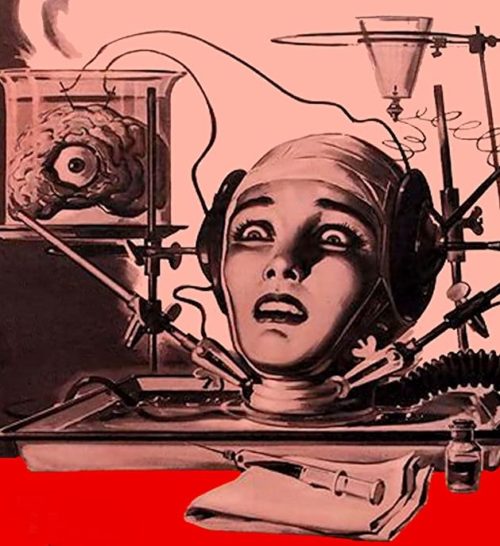
Mind or Body
As a writer who uses music and dance in her stories, I’m always studying, analyzing, and exploring the best way to capture the essence and metaphysical connection we have to music and dance. I’ve also ran into too many dance/music snobs who value melody/composition over beat/rhythm, intellectual listening over visceral feel. One is not superior to the other, and both satisfy different needs. It may be that because we value intellect when decision-making and dare I say voting, we want to apply this to music, too? But I want to make a case for understanding and recognizing the value of balance. I’m sick of division and yeah, maybe I think everyone should add a little dance in their life.
What I’ve mainly observed is that there seems to be two primary ways that music comes to us and the difference is obvious: Mind and body.
Mind implies an instant intellectual analysis and filtering system. Body, seems connected to various limbs and parts that reflect style and genre. And obviously, our brain sends signals to our body, but what I’m interested in is where it resonates and manifests physically.
Not to say there isn’t cross-over or that one precludes the other, but I’m looking at/for that initial interpretation/experience of when you hear a song for the first time and the innate response and reaction to it, or when a song has never lost its original appeal and zing and you never tire of it.
I’m also not going to go into the nostalgic factor, songs that forever resonate because they represent a unique and unusual catalyst or emotional time/event in one’s life.
And one last caveat, I am a writer, swing dancer, free dancer, and armchair philosopher, so these conclusions are anecdotal and personal observations, and my genre breakdowns are not official or necessarily universal.

Mind/Head Music Listening
This music seems to be heard by the head and predominately stays there, undergoing an enjoyable analysis of rhythms, lyrics, styles, and composition with a focus on melody and phrasing. When collecting stories and questioning music aficionados, I found that these listeners tend not to be dancers. They don’t seem to have a strong connection to their body and no pressing need compels them to want to move body parts besides a tap on the table, a snap of the fingers, or bob of the head.
Not to say that mind/head listeners don’t dance, there are those that do, but, I found on the whole, those who have a physical connection and are a crossover hybrid also tend to be musicians, singers, deejays, or someone who is classically trained.
Does that mean that mind/head listeners are more intellectual? Many present themselves that way and seem to have a pretty strong distaste, or grow easily bored with music that is made for dance like pop music.
Although the argument can be made that classical music, which appears intellectual and heard with the head, is heard by the bodies of ballet dancers with similar expression of ideas and emotions found in popular dance culture.
Music Genres
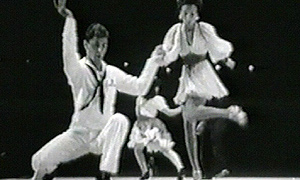
Music Listening with the Body
This music and these listeners appear to listen/feel music simultaneously with brain and body. Of course, biologically our ears hear, our brain interprets, our body reacts due to impulses sent by the brain, but what’s unique and interesting to me is which body parts people listen with and how different genre music might be somewhat universal in bodily expression. So for my purposes, I’m talking about popular cultural dances with various degrees of structure or free (untrained) dancing. I’ve heard feelers/dancers say that lyrics are secondary for their music experience
Based on observation, I have broken these down into major body parts, feet/legs, arms/fingers/hands, hips/booty, torso/shoulders, bones/blood. And even though dancers may use their head with nods, tosses, and rolls, I’ll leave the physicality of the head to the intellectual side of this analysis.
I’m curious to discover if this phenomenon is music driven or individualistic. Ultimately, the fun of this experiment is to figure out where YOU listen/feel it first. What body part aches to express the music most and firstly for you and do different genres affect where you listen to it in your body?
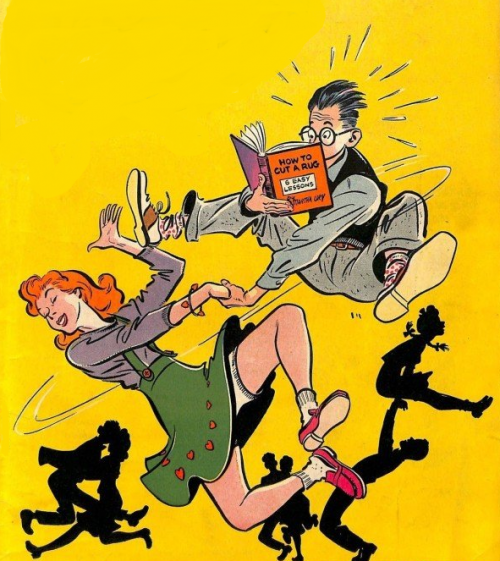
Music Listening with Feet/Legs
Even though there is some upper body and arms, this is music that goes straight to your feet and legs with solid beats that demand you stomp, triple step, syncopate, scoot, and slide. Think of this dance expression manifested in two-steppin, clogging, 80s skanking, EDM cutting shapes, and of course tap-dancing and swing dances like Lindy Hop, Shag (Collegiate and Carolina), Balboa, Boogie-Woogie, and Rock n Roll.
I’d also put most line dances in this category, but since line dances are structured, planned, and usually called by the singer, this isn’t the unique connection I’m interested in.
Music Genres
- Big band swing music
- 1950s Rock n Roll/Doo Wop
- Country music
- Bluegrass
- Western Swing
- Electro-swing
- Neo swing/Swing revival
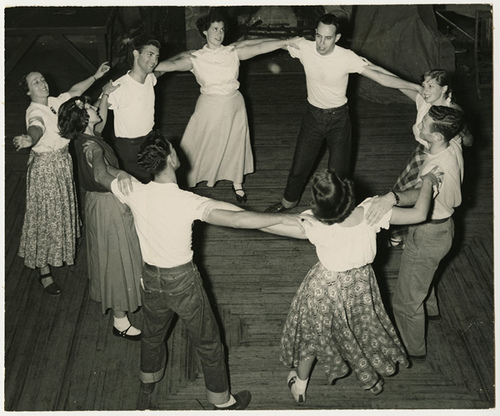
Music Listening with Arms/Hands/Fingers
Danced in free form, this music feels like it flows through you on the wings of a breeze. Lasers and moonbeams shoot of your fingertips and your arms climb invisible ladders…or something like that. There’s also the frenetic arm dancing of the 1960s Go-go dancers and the groovy, heavy arm swings seen in original Ska, Reggae, and Rock-steady.
Lyrical and modern dance seem to fit into this category as well with movement led by arms that pull and push in solo, duo, and group dances.
Music Genres
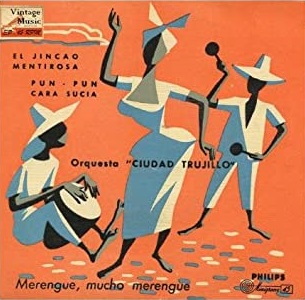
Music Listening with Hips/Thighs/Booty
Music that goes straight to your hips and even though you might move your feet and arms a little, the hips won’t be denied and need to sway, swish, and bounce ala Cumbia, Salsa, Merengue, Bachata. Free dancing with funky disco moves that include the bump, grinds, and mess-around keep the movement and energy in the hip area.
Music Genres
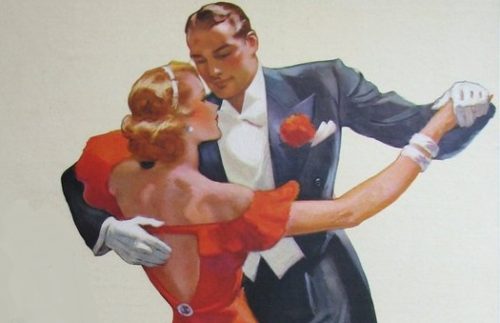
Music Listening with Shoulders/Torso/Neck
This emanates from the chest and shoulders with the beat bouncing in the back, often shooting down to the thighs and feet or accented with arm pumps, pops, and locks.
Many ballroom dances appear to lead with the chest, back, and neck and I suppose if I’m including structured swing dance, I should include Ballroom dance, although it may vary by category as well. Which begs the question: are the feels dance-style driven and not music driven…chicken or the egg?
Music Genres
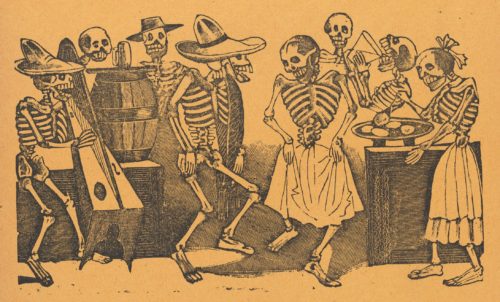
Music Listening with Blood/Bones
Music that seems to be full body, kinetic, and rush through all body parts falls into this category. Though any genre can resonate that way for a dancer/feeler, and I personally think it’s ideal if all your fave songs hit you this way. I know the ones that stick with me and get me running to the dance floor, fill me with joy, and create a connection that seems to extend outside myself.
That said, there are a few genres that seem to resonate in complete body physicality.
Music Genres
::
Do these breakdowns jive with your personal experience. If so, how? If not, in what ways to you listen to music differently? Are you a feeler or a thinker? Do you think one is more important than the other? Do you think you can have one without the other? What songs do you feel in your bones and send you running to the dance floor?

Tam Francis is a writer, blogger, swing dance teacher, avid vintage collector, and seamstress. She shares her love of this genre through her novels, blog, and short stories. She enjoys hearing from you, sharing ideas, forging friendships, and exchanging guest blogs. For all the Girl in the Jitterbug Dress news, give-aways, events, and excitement, make sure to join her list and like her FB page! Join my list ~ Facebook page
